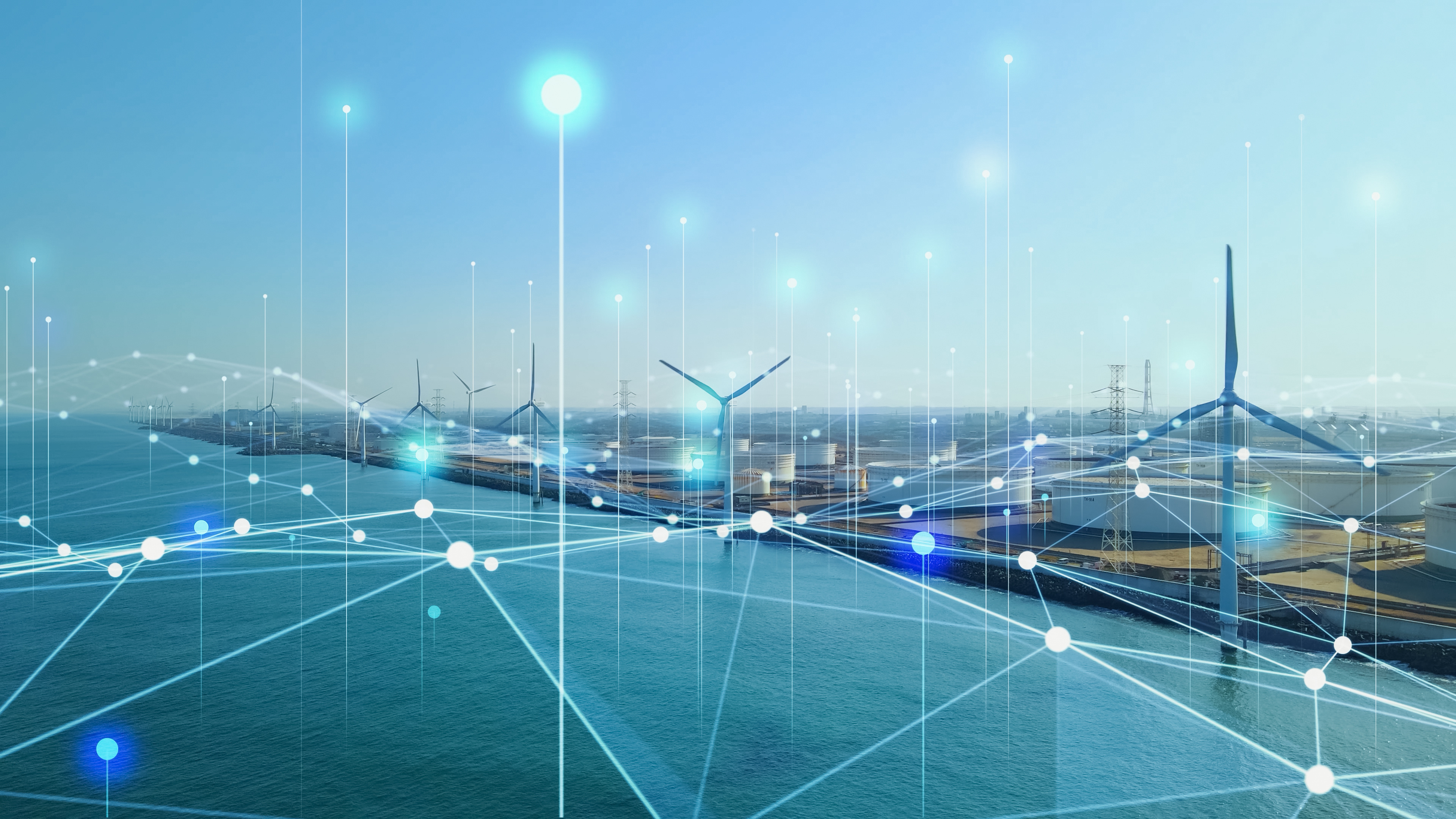A climate-friendly energy supply is certainly the most pressing issue in our society today. We urgently need new technical solutions to address this challenge.
In the interest of wind farm operators, Fraunhofer IAPT has developed a drone for inspecting the rotor blades of wind turbines from the air. The use of additive manufacturing technologies enables the implementation of an exceptionally lightweight yet sturdy basic structure for the aircraft, allowing extensive sensor technology to be carried and used for maintenance work. The drone has the capability to land for necessary inspections on the wind turbine, eliminating the need for expensive and time-consuming industrial climbers.
The majority of energy demand in Germany is for heat energy. However, wind and solar power primarily generate electricity, which then needs to be converted into heat. Geothermal energy, on the other hand, has the potential to provide both heat and electricity. In particular, deep drilling can provide high temperatures through a geothermal heat exchanger, which can even be used for steam generation and enable power production on a large scale. Based on additive manufacturing processes, Fraunhofer IAPT, in cooperation with international partners, is developing the system technology for a new laser drilling process that aims to make effective deep geothermal energy commercially viable.
Hydrogen can be used as a green energy storage by electrolyzing water with renewable energy. However, during the re-conversion of hydrogen into electricity using gas turbines, combustion temperatures can be up to 200 Kelvin higher than when using methane, exceeding the operating range of even high-temperature resistant metals like Inconel. AM provides the solution to this problem: turbine blades with integrated cooling structures, which can only be manufactured additively, withstand the extreme operating conditions.
The design freedom enabled by additive manufacturing generally favors the constructive realization of integral construction. This means that adjacent components of an assembly are combined into a single part, eliminating assembly steps as well as fittings and seals between the components. In the case of hydrogen-bearing systems, AM reduces the risk of leakage through integral construction, which is an inherent and ongoing challenge due to the small size of hydrogen molecules.
The necessity of decarbonization affects not only the energy sector but the entire industrial production. New manufacturing routes involving additive manufacturing processes can make a valuable contribution to reducing product-related CO2 emissions. Additive manufacturing is inherently material-efficient, as components grow up to the final contour, meaning that apart from support structures, no excess material is required. Topology optimization also allows for minimal material usage for strength by creating load-path-oriented component structures. The lightweight potential achieved through AM also contributes to emission reduction through energy savings during transportation and product usage.
Utilize this advantage of AM for the ecological and economic improvement of your products! We analyze your production and the entire life cycle of your products and identify the individual CO2 footprint based on an assessment of relevant processes dependent on influencing factors. We consider resource-efficient options such as on-demand manufacturing without inventory, shortening supply chains through local production, and increased material recycling to ultimately achieve a circular economy.

